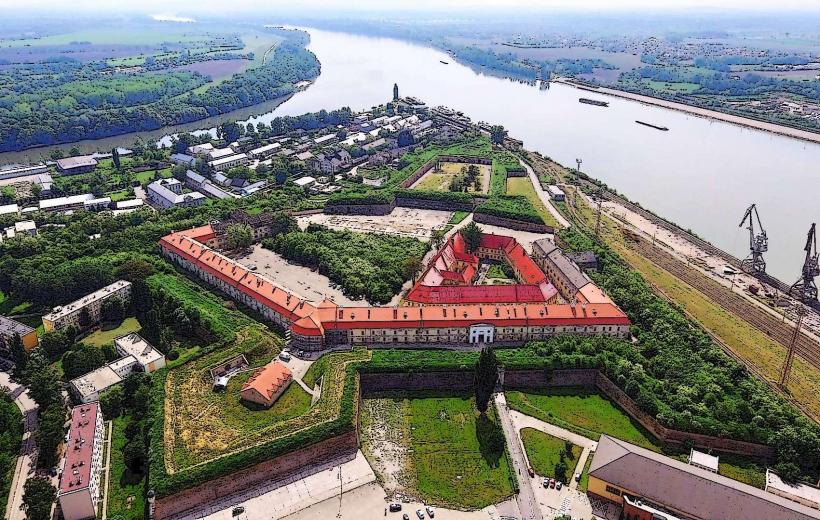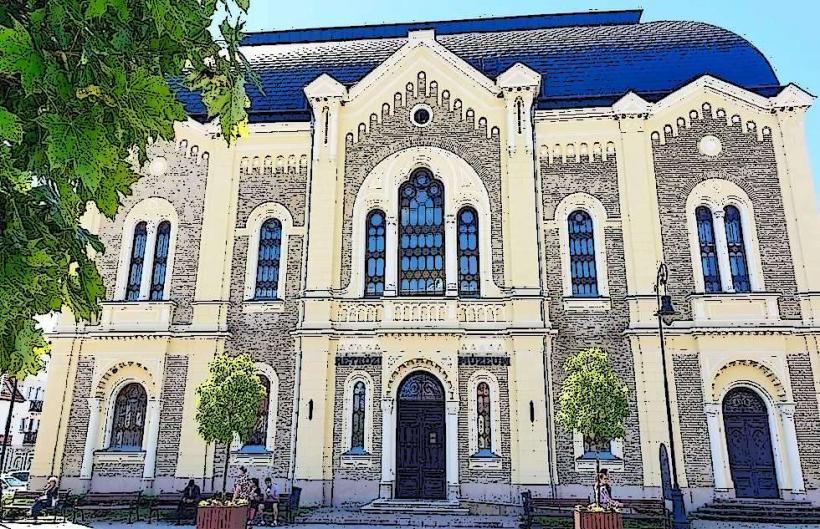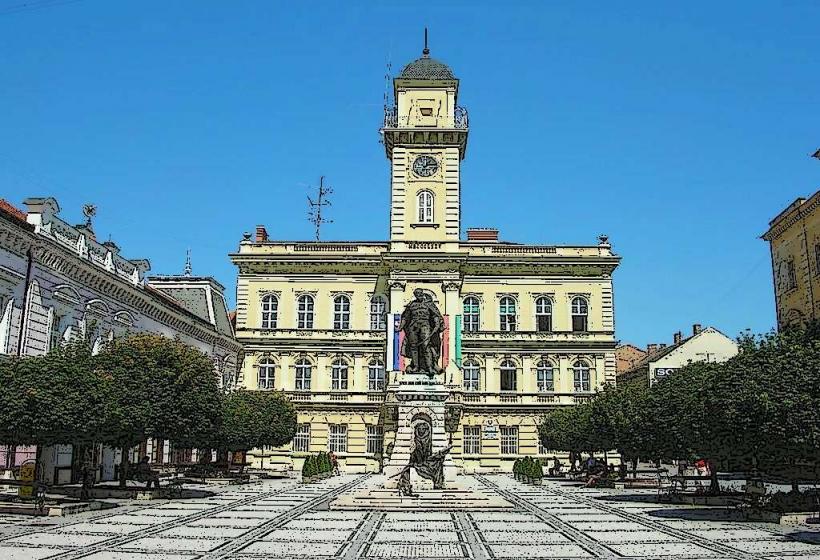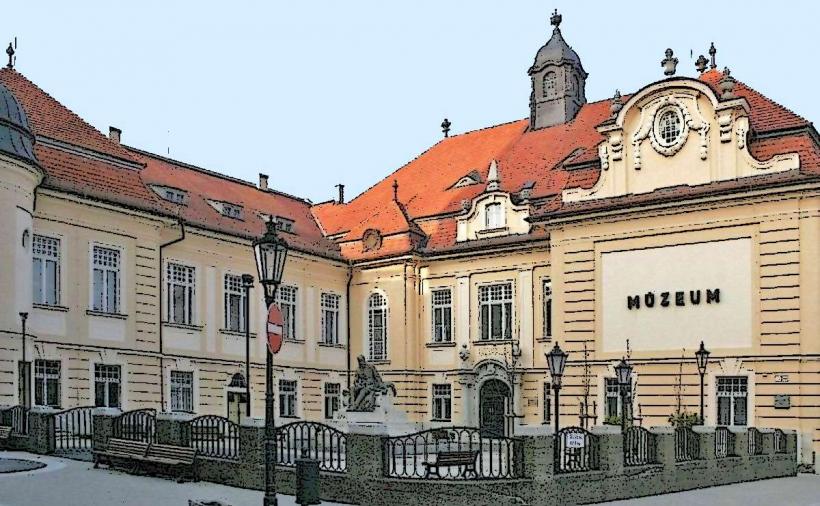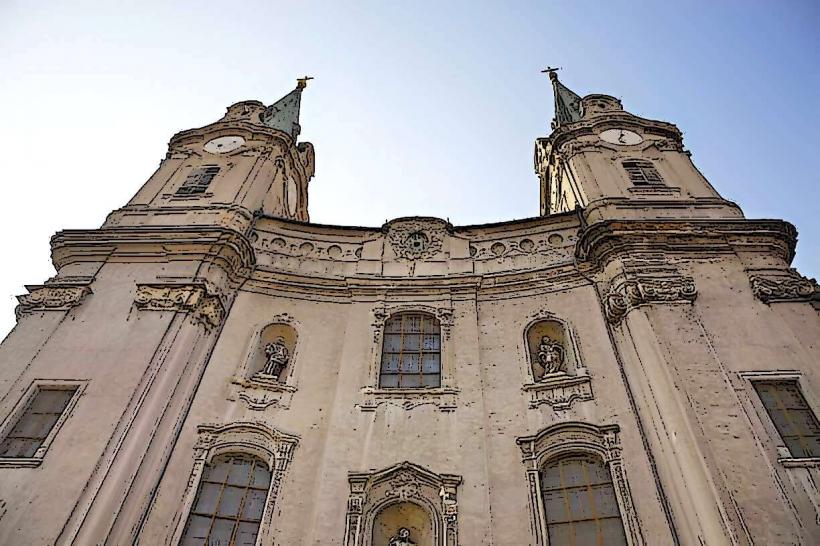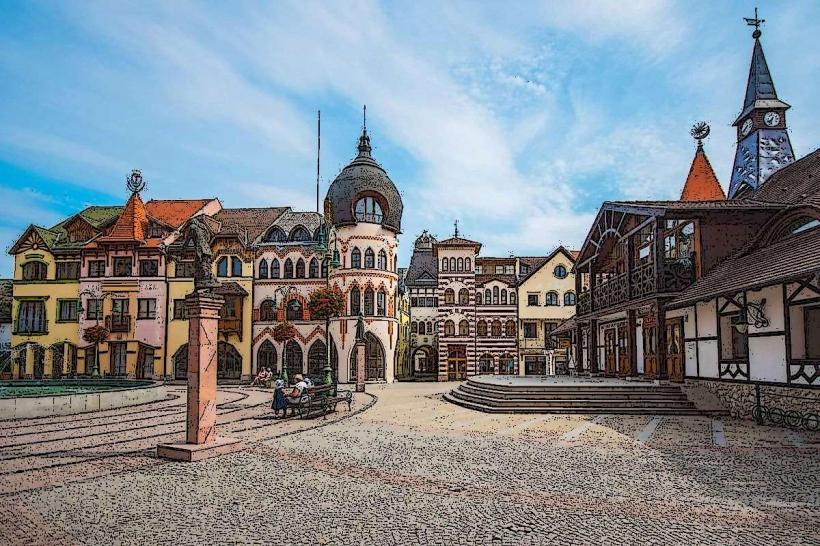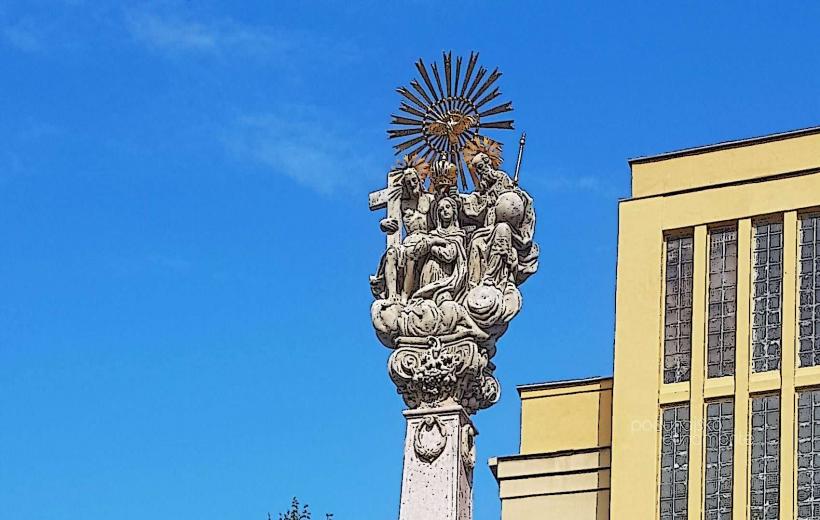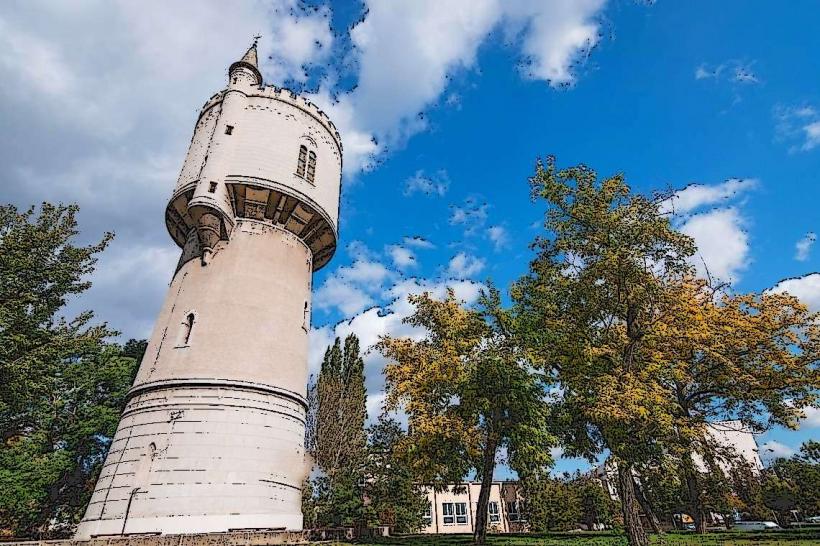Information
City: KomarnoCountry: Slovakia
Continent: Europe
Here are the details about Komárno, a city rich in cultural and historical heritage, located in southern Slovakia, excluding specific landmarks:
General Information:
- Country: Slovakia
- Region: Nitra Region
- District: Komárno District (administrative center)
- Population: Approximately 33,000 (as of 2023)
- Area: 102.8 km² (39.7 sq mi)
- Time Zone: Central European Time (CET, UTC +1), Central European Summer Time (CEST, UTC +2)
- Currency: Euro (€)
- Language: Slovak (official), with widespread use of Hungarian due to a significant Hungarian-speaking population.
- Transportation:
- Public Transport: City buses connect different neighborhoods and nearby areas.
- Train Station: Provides connections to Bratislava and Hungary.
- Road Links: Located at the confluence of Slovak and Hungarian transport networks, connected by the Elisabeth Bridge over the Danube River.
- River Transport: Access to the Danube for shipping and leisure boating.
- Nearest Airports: Bratislava Airport and Budapest Airport.
History:
- Ancient Era: Settled since Roman times as part of the frontier of the Roman Empire (Limes Romanus).
- Medieval Period: First mentioned in the 11th century. Developed as a strategic fortress town due to its location at the confluence of the Danube and Váh rivers.
- Ottoman Wars: Played a key role as a bastion against Ottoman expansion into Central Europe during the 16th and 17th centuries.
- Austro-Hungarian Empire: Flourished as an important cultural and economic center under Habsburg rule.
- Modern Era: After World War I, became part of Czechoslovakia under the Treaty of Trianon. Retains a strong Hungarian cultural influence due to its proximity to Hungary.
Economy:
- Overview: Komárno’s economy thrives on trade, manufacturing, agriculture, and tourism.
- Key Sectors:
- Shipbuilding: The Slovenské Lodenice Komárno shipyard is a prominent employer and economic driver.
- Agriculture: Fertile land supports crops and livestock.
- Retail and Services: The city has modern shopping centers and local markets.
- Tourism: Attracts visitors with its cultural heritage, historical architecture, and Danube activities.
Government:
- Status: Administrative center of the Komárno District.
- Administrative Division: Includes urban neighborhoods and surrounding rural villages.
- Mayor: Governed by a mayor and municipal council elected every four years.
Culture:
- Arts and Entertainment: Reflects Slovak and Hungarian cultural traditions.
- Theater: Hosts performances in both Slovak and Hungarian.
- Music: Celebrates folk and classical music with regular festivals.
- Art Exhibitions: Galleries showcase local and regional art.
- Museums: Explore the city’s Roman history, fortress significance, and multicultural heritage.
Education:
- Primary and Secondary Schools: Schools offer instruction in Slovak and Hungarian.
- Higher Education:
- J. Selye University: Focused on education, economics, and theology, catering to the Hungarian-speaking population.
Architecture:
- Style: A blend of Gothic, Renaissance, Baroque, and modern influences.
- Urban Layout: Compact historical center with a fortress complex and surrounding residential and commercial areas.
Parks and Recreation:
- Green Spaces:
- Parks along the Danube and Váh rivers provide recreational opportunities.
- Nearby nature reserves attract hikers and birdwatchers.
- Sports: Facilities for football, water sports, and cycling.
Demographics:
- Ethnic Composition: Mixed population, predominantly Slovak and Hungarian.
- Religion: Roman Catholicism dominates, alongside Protestant, Orthodox, and Jewish communities.
- Languages: Slovak and Hungarian are widely spoken, with bilingual signage common.
Climate:
- Type: Temperate continental climate.
- Summer: Warm, with temperatures ranging from 22°C to 30°C (72°F–86°F).
- Winter: Cold, with occasional snowfall and temperatures below freezing.
Sports:
- Football (Soccer): The city has a strong local team and community stadium.
- Water Sports: Popular due to the Danube and Váh rivers, including kayaking and rowing.
- Cycling and Hiking: Well-maintained trails along the rivers and countryside.
International Relations:
- Twin Cities: Komárno maintains partnerships with cities like Komárom (Hungary, its cross-border counterpart), Kecskemét (Hungary), and Gyula (Hungary).
Key Events and Festivals:
- Danube Festivals: Celebrate the city’s connection to the river through music, dance, and water sports.
- Cultural Celebrations: Reflect the city’s Slovak and Hungarian heritage, with events featuring traditional costumes, cuisine, and folk music.
- Historical Commemorations: Focus on Komárno’s fortress history and Roman roots.
- Christmas Market: Offers festive activities, crafts, and local foods.
Komárno is a city that exemplifies the meeting of Slovak and Hungarian cultures. Its historical significance, strategic location, and vibrant cultural life make it a unique and diverse urban center in Slovakia.

